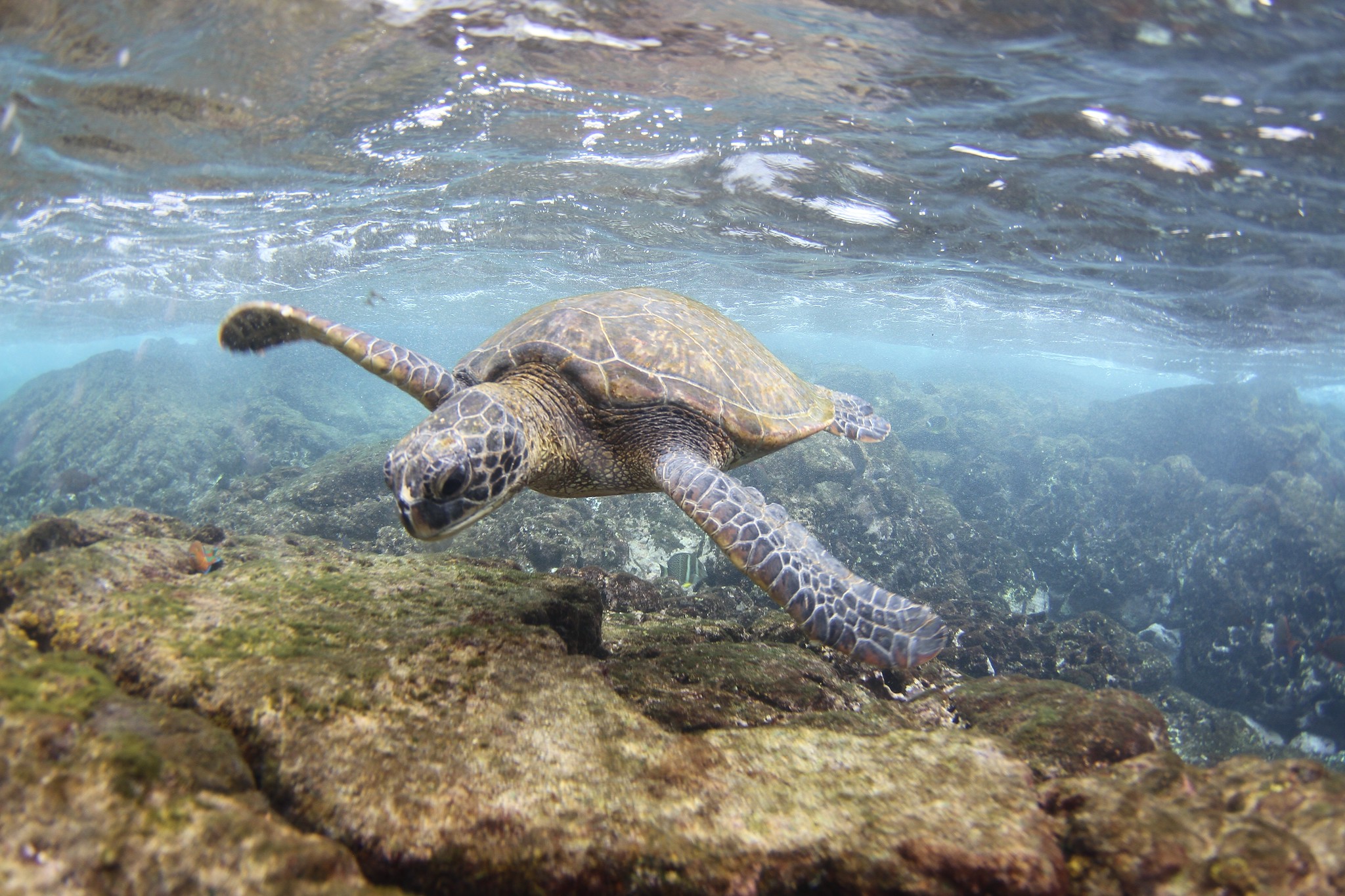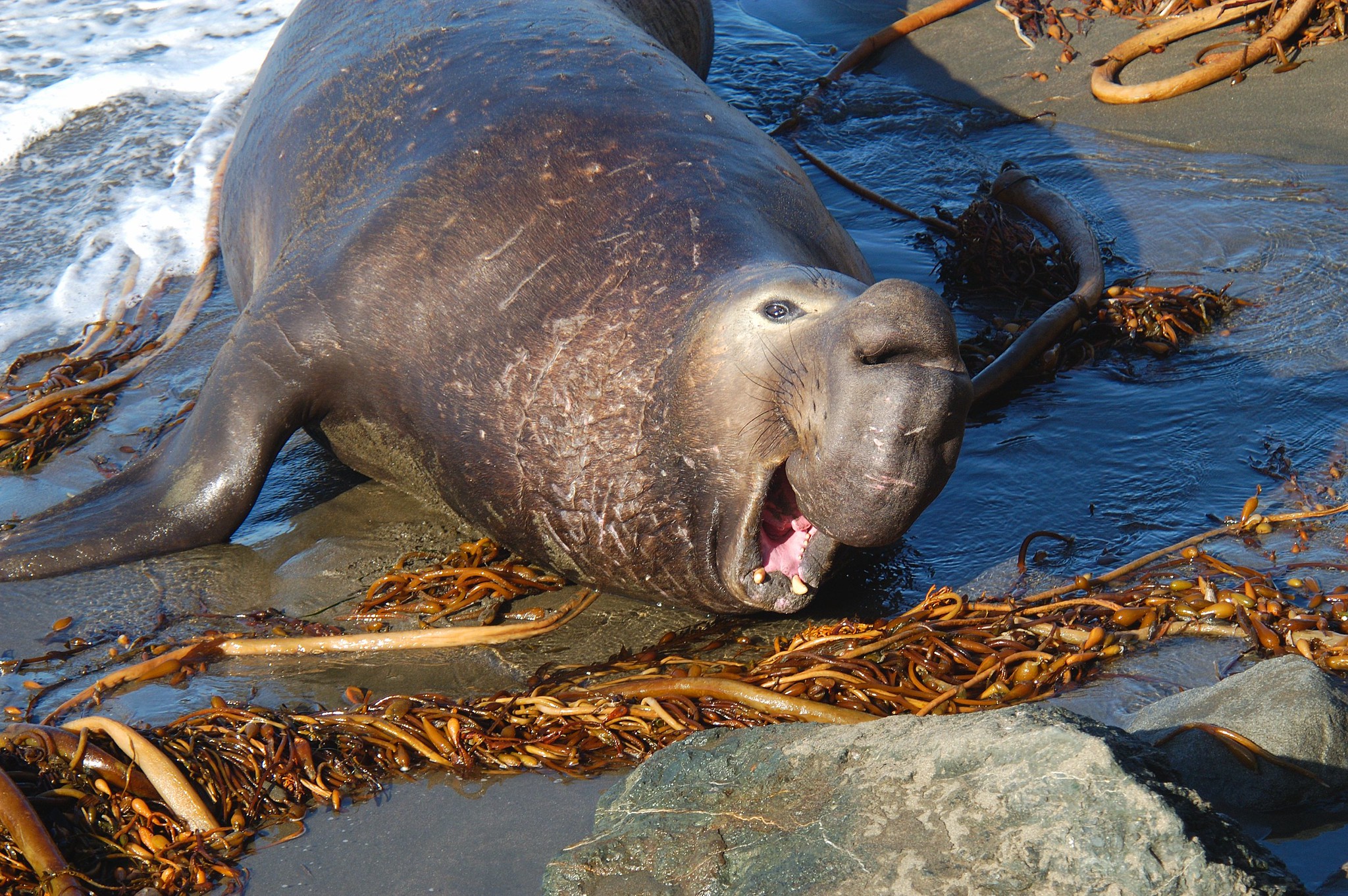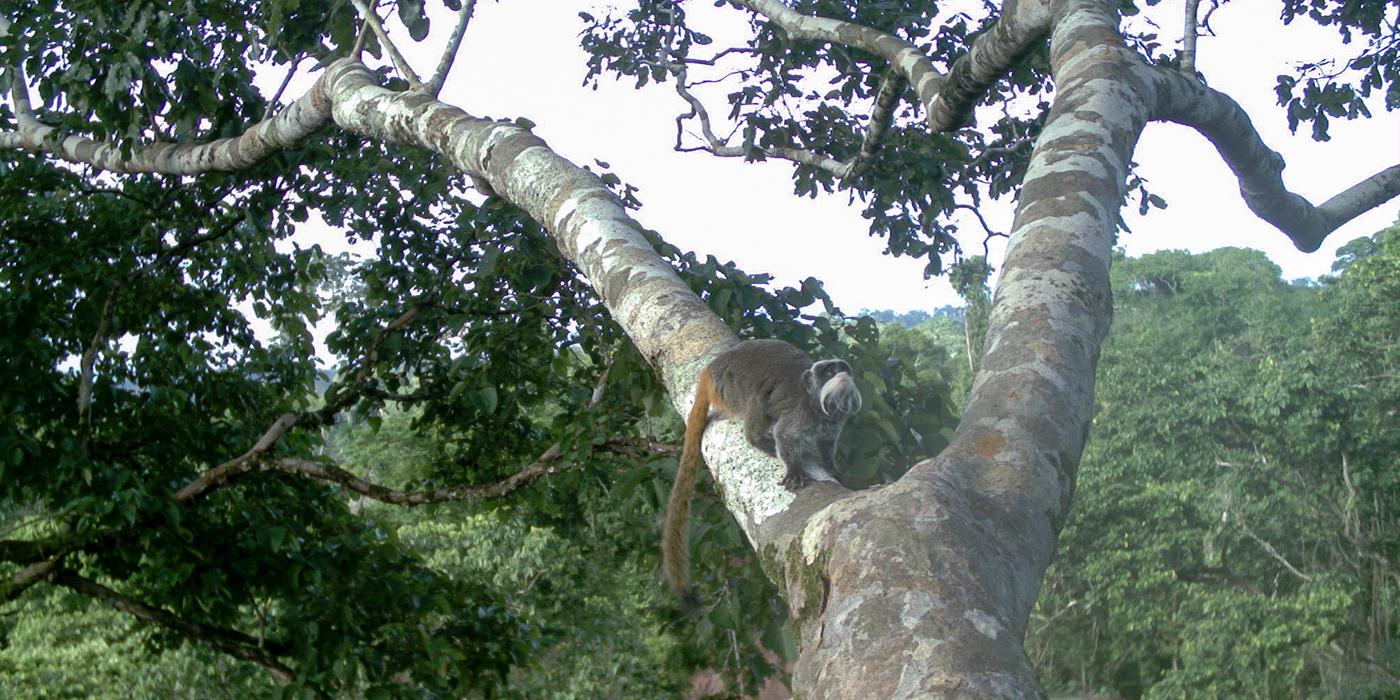Seven times the Smithsonian has impacted environmental policy

The green sea turtle is among the many marine species protected by the International Treaty on the Conservation of Migratory Marine Mammals. Image: CC BY 2.0, NOAA/NMFS/PIFSC
The Smithsonian publishes thousands of research papers a year, many of which are then used to inform policy and regulations. The Smithsonian does not set policy or enforce laws, but this scientific data produced by Smithsonian scholars has proven to have far-reaching positive impacts on the environment. Here are seven examples since the founding of the Smithsonian in 1846:
Legislation to Protect the Chesapeake Bay

In the early 1970s, underwater plants in the Chesapeake Bay were facing a crisis—they were disappearing, and scientists didn’t know why. Scientists at the Smithsonian Environmental Research Center (SERC) suspected it had something to do with herbicide runoff from farmland on the watershed. But it turned out to have nothing to do with weed killers. When testing the water they found runoff with excessive nutrients, most notably nitrogen and phosphorus, which are key elements in fertilizer. The nutrients block sunlight from reaching seagrasses and cause algal blooms to expand rapidly. SERC’s efforts gained the attention of Congress, which led to the 1983 Chesapeake Bay Agreement. For the first time, Maryland, Virginia, Pennsylvania, and the District of Columbia agreed to restore the bay, the nation’s largest estuary. Fortunately, other states soon followed. By the 2000s, SERC’s landscape models of nutrient runoff and land use had helped establish nutrient reduction goals for the entire 64,000-square mile Chesapeake watershed.
Ship Traffic Regulations Protect Whales Near the Panama Canal

Fifteen thousand ships pass through the Panama Canal each year, near the native homes of several whale, dolphin, and porpoise species, a scenario that often leads to collisions between marine species and ships. Since 2008, Smithsonian Tropical Research Institute (STRI) scientists, plus colleagues from Whalesound Ltda. in Chile and the College of the Atlantic in Maine, have tracked and identified nearly 300 individual humpback whales in Las Perlas Archipelago near the canal. They concluded the area hosted more than a thousand animals and determined that the archipelago, only 40 miles from the canal’s Pacific entrance, serves as a critical breeding area for these whales.
These studies led the International Maritime Organization to adopt “Traffic Separation Schemes” in 2014, meaning that during breeding seasons ships must slow down and change their routes to avoid areas where humpbacks are usually found. STRI scientists found that between 2017 and 2019, eight large whales were reported dead, a 38 percent decrease from reports between 2009 and 2011 before these protocols were adopted.
International Treaty on the Conservation of Migratory Marine Mammals

Autumn-Lynn Harrison, now a member of the Smithsonian’s National Zoo and Conservation Biology Institute’s (NZCBI’s) Migratory Bird Center, began her studies at the Smithsonian looking at the migrations of large marine predators such as seals, sharks, and turtles. In one study, Harrison and her team examined how protected these animals were as they migrated through different countries’ waters. She presented her team’s findings at the 2017 United Nations First Intergovernmental Conference on Sustainable Use of Marine Biodiversity Beyond National Jurisdiction. In June 2023, the UN adopted the Agreement under the United Nations Convention on the Law of the Sea on the Conservation and Sustainable Use of Marine Biological Diversity of Areas Beyond National Jurisdiction (BBNJ Agreement). The agreement coordinates, funds, and otherwise supports research on the protection of migratory marine mammals along their routes, the largest such intergovernmental agreement of its kind to date.
The First National Standards Regulating Mercury Emissions

One of SERC’s biggest success stories (PDF) in its nearly 60 years began with the study of mercury, a widespread global pollutant that cannot be destroyed. Today, mercury is most often released into the atmosphere as a byproduct of coal-fired power plants and small-scale artisanal mining. In 2006, SERC researchers were part of an international team that showed a direct link between the amount of mercury in rainfall and the amount of its more toxic cousin, methylmercury, in fish. This evidence contributed to regulations at the state and federal level on mercury emissions from power plants, which have since led to significant reductions in mercury deposition throughout the U.S. In 2011, the Environmental Protection Agency issued the first national standards regulating these emissions. Since then, SERC has continued to track mercury in streams and rain, and toxic methylmercury in fish, monitoring the significant declines in mercury pollution that are underway.
The Purchase of Alaska

In 1865, well before cellphone towers and the internet, there was no communication link between the United States and Europe. The Western Union Telegraph Company wanted to build one. The company decided to investigate a potential path that headed west through Russian America (now Alaska), over the Bering Sea and across Russia. To gather thorough data, the company recruited a Smithsonian-led Scientific Corps to embark on a two-year expedition to survey its options. Robert Kennicott was selected to lead the group of naturalists investigating the region, but he died before he could complete the work. Based on knowledge from Kennicott’s expedition reports, then Assistant Secretary of the Smithsonian Spencer Fullerton Baird's testimony to Congress helped turn the tide in favor of the 1867 purchase of Alaska.
Today, Smithsonian scientists are working with Indigenous communities in Alaska to study, promote, and protect their cultural heritage, including traditional food sources, through the National Museum of Natural History’s Arctic Studies Center.
Guidance for Environmental Impact Studies in Peru

Countries seeking to grow their economy must strike a balance between their commercial interests and the protection of the natural environment, as both factors are considered key to building a prosperous society. The many habitats of Peru are very rich in biological diversity, making a clash between development and environmental conservation almost inevitable. To address this issue, the National Zoo and Conservation Biology Institute’s Center for Conservation and Sustainability has used knowledge gained during 25 years of studying and monitoring the country’s biodiversity. Their data contributed to the development of guidelines for a decision-making protocol used in environmental impact studies. This protocol aims to avoid, minimize, restore, and compensate for the negative environmental impacts of development projects. The legislation, approved on May 16, 2023, by Peru’s National Service of Environmental Certification for Sustainable Investments office, contributes to better management of biodiversity and the ecosystem services they provide during investment projects in the country.
First National Ocean Biodiversity Strategy

Smithsonian scientists study the ocean from many angles. They use collection items to dive into the past and Smithsonian research stations across the globe to answer questions about the present. The importance of ocean biodiversity is a theme in almost all of their work. On June 3, 2023, the White House Office of Science and Technology Policy released the first National Ocean Biodiversity Strategy (PDF). Written by a team led by the Smithsonian Environmental Research Center (SERC) and the National Oceanic and Atmospheric Administration (NOAA), the work represents the first nationwide strategy aimed at changing course to save marine life and all the services it provides to people. The strategy outlines a plan to coordinate ocean research and conservation across the U.S., encourage data-sharing among ocean researchers, and generally support ocean biodiversity.
